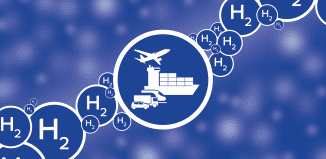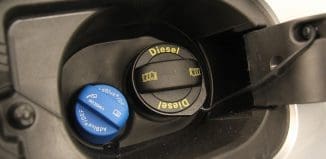Familiar UAS Gets Next-Generation Clean Energy System
This post is also available in:  עברית (Hebrew)
עברית (Hebrew)
The ScanEagle UAS manufactured by Boeing subsidiary Insitu has logged more than one million flight hours in military and civilian applications. It can be equipped with multiple payload capabilities, including high-definition imaging. Now the familiar UAS is about to be equipped with a new fuel cell propulsion system.
Ballard Power Systems will develop the next generation of fuel cells for unmanned aircraft systems and collaborate with Insitu.
Ballard received a follow-on contract with Insitu for extended durability testing of the next-generation 1.3-kilowatt fuel cell propulsion system for the fixed-wing ScanEagle.
The two companies have partnered over the past two years on an earlier generation fuel cell system. They will now work on integrating a complete hydrogen power system for small unmanned fixed-wing and vertical-take-off-and-landing (VTOL) drones into the ScanEagle platform. According to uasmagazine.com, successful flight testing was announced in mid-2017.
According to Ballard, its fuel cell propulsion system delivers a number of important advances, including increased power density, reduced cost and extended lifetime. The company said the increase in rated power—without an appreciable increase in size or weight—is a significant development for UAS applications.
“This new fuel cell has the potential to deliver a range of benefits compared to the use of an internal combustion engine, or ICE, to power the ScanEagle,” said Phil Robinson, vice president of unmanned systems at Protonex, a Ballard subsidiary. “These benefits are likely to include an increase in reliability and available electrical power along with a simultaneous reduction in audible noise, thereby enabling lower altitude missions.”
Further performance tests and customer demonstrations will be held in 2018.





























